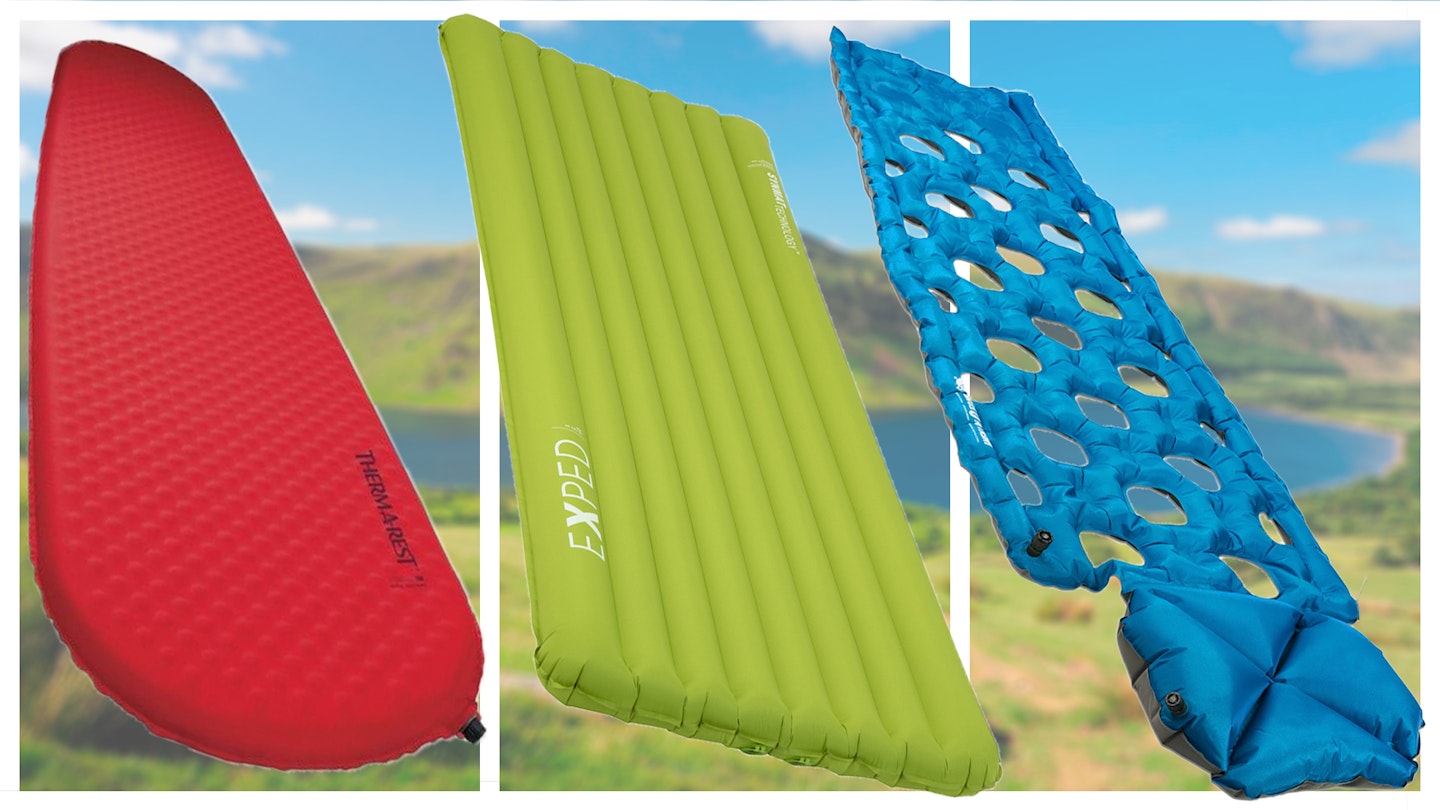You may think that, like sleeping bags, sleeping mats are all pretty much the same, but you'd be wrong. We actually see a boatload of variation from one mat to another, which is why we send our lovely testers out for several nights' sleep. After the better part of a week in the wilderness, we've selected the five best sleeping mats.
When choosing a sleeping mat, you need to consider your body, your sleeping habits, and of course, your budget. Like every area of outdoor gear, the ceiling for both price and quality is staggeringly high. But the floor isn't half bad either – there are some very respectable mats with reasonable prices out there. You just need a group of dedicated campers to try them all out and let you know what's what.
The best sleeping mats at a glance:
Best 3-season sleeping mat: Exped Ultra 3R – View on alpinetrek.co.uk
Best self-inflating sleeping mat: Therm-a-Rest ProLite Plus – View on cotswoldoutdoor.com
Best winter sleeping mat: Robens Polarshield 80 – View on Robens.de
Best compact sleeping mat: Klymit Inertia Ozone – View on alpinetrek.co.uk
A good mat is more than a luxury like a camping chair. It's an essential component of a restful night's sleep. It immensely improves your comfort and insulates your sleeping body from the cold ground. Not to mention, aesthetically, a nice mat can really tie the whole room – or tent – together.
Before you start getting into portable coffee makers and foldable solar panels, invest in a sleeping mat and maybe a camping pillow too. Make sure you've got the right kit to rest and regain energy for the next day's hike.
The best sleeping mats in detail

The best sleeping mats in detail
Best 3-season sleeping mat
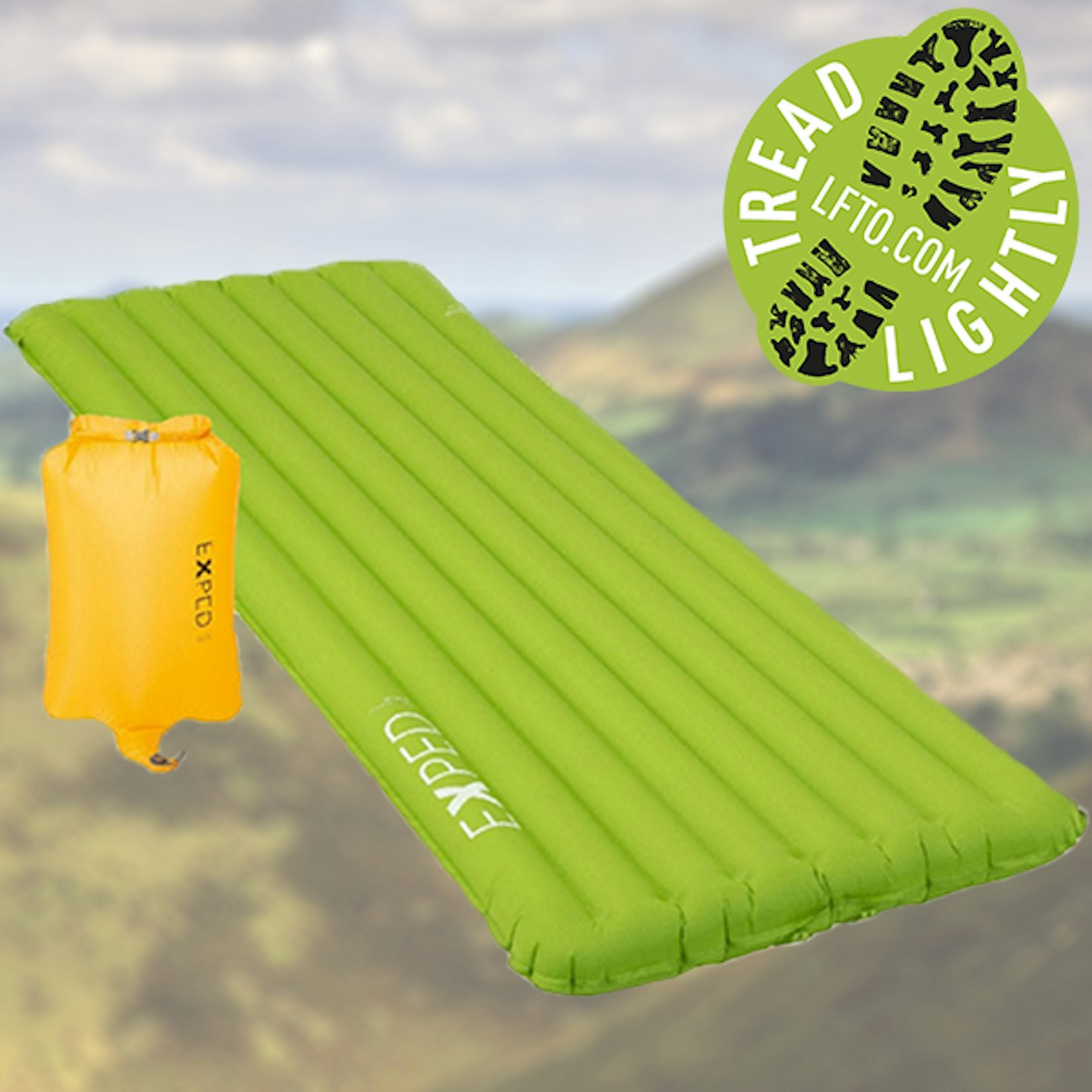
www.alpinetrek.co.uk
The lightweight and packable Exped Ultra 3-season inflatable mat has impressed us for its eco-credentials. It uses Bluesign-certified synthetic insulation and recycled 20D ripstop polyester fabric; the mat is even certified carbon neutral by myclimate.org.
The Ultra 3R is comprised of head-to-toe air chambers that provide a pliable, cushioned sleeping surface and – more importantly – excellent insulation from the ground. This is thanks to Exped's proprietary Symnat Texpedloft technology. Is that a silly name? Perhaps. But this sleeping mat is seriously good at keeping you at a safe and comfortable temperature throughout chilly nights.
Pros
- Ultralight for long hikes
- Sustainable construction
- Pump bag included for easy inflation
Cons
- Long-term durability may be an issue
Best self-inflating sleeping mat
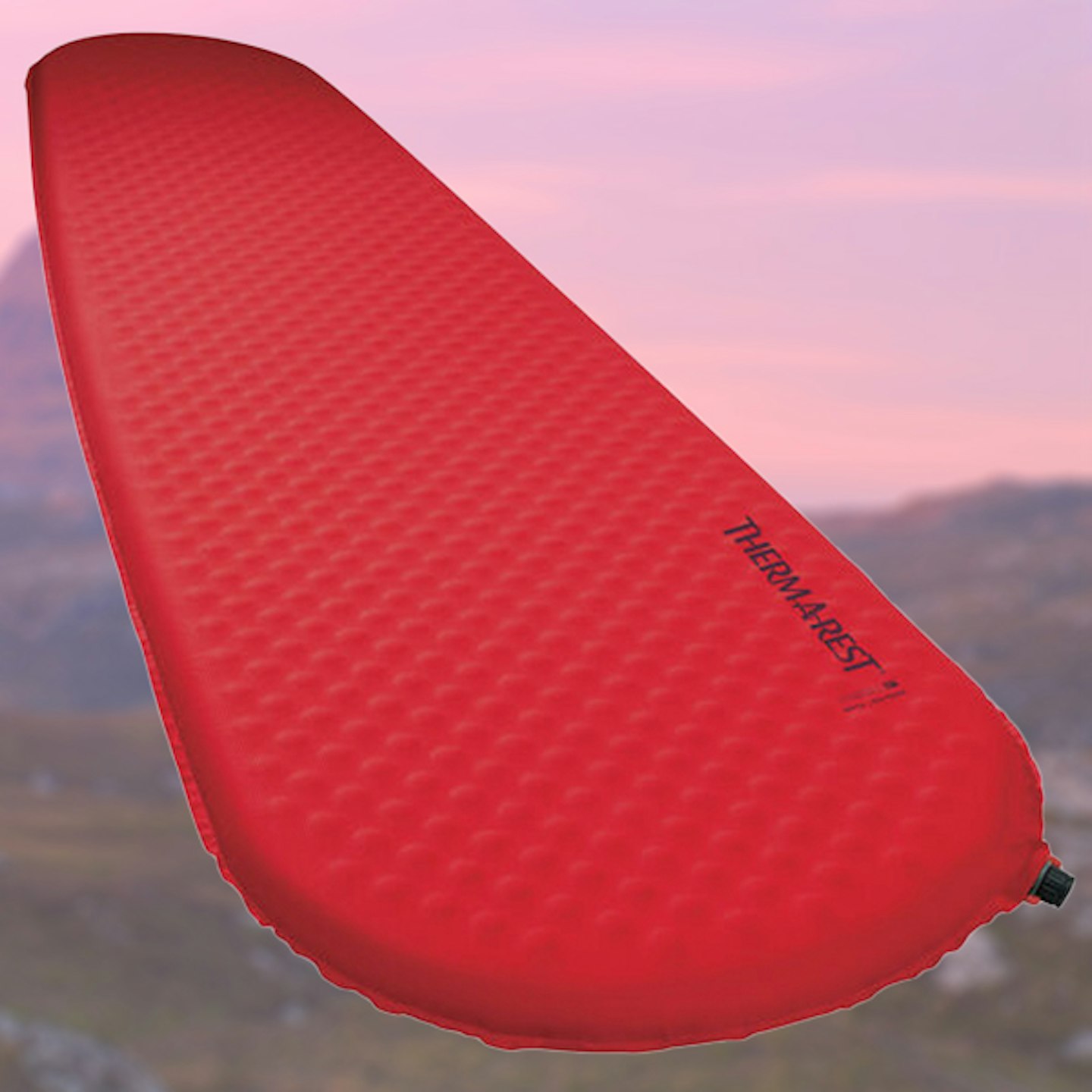
www.cotswoldoutdoor.com
A great combination of weight, pack size and warmth, and at a good price. The Therm-a-Rest ProLite Plus self-inflating might require some manual assistance, but the comfort provided is good for this kind of mat.
The highlight of this mat is the WingLock valve, a high-performance valve with an increased airflow for rapid inflation or deflation. Although, with the ProLite Plus' expanding foam core, you'll only need to access the valve if you want to top off the self-inflation for your ideal level of firmness.
This little bit of wiggle room for personal taste is what makes Therm-a-Rest a go-to choice for experienced campers.
Pros
- Compressible foam allows easy packing
- Efficient design gives good insulation for weight
- Convenient self-inflating function
Cons
- Tapered shape won't suit all campers
- Can still require some manual inflation
Best winter sleeping mat
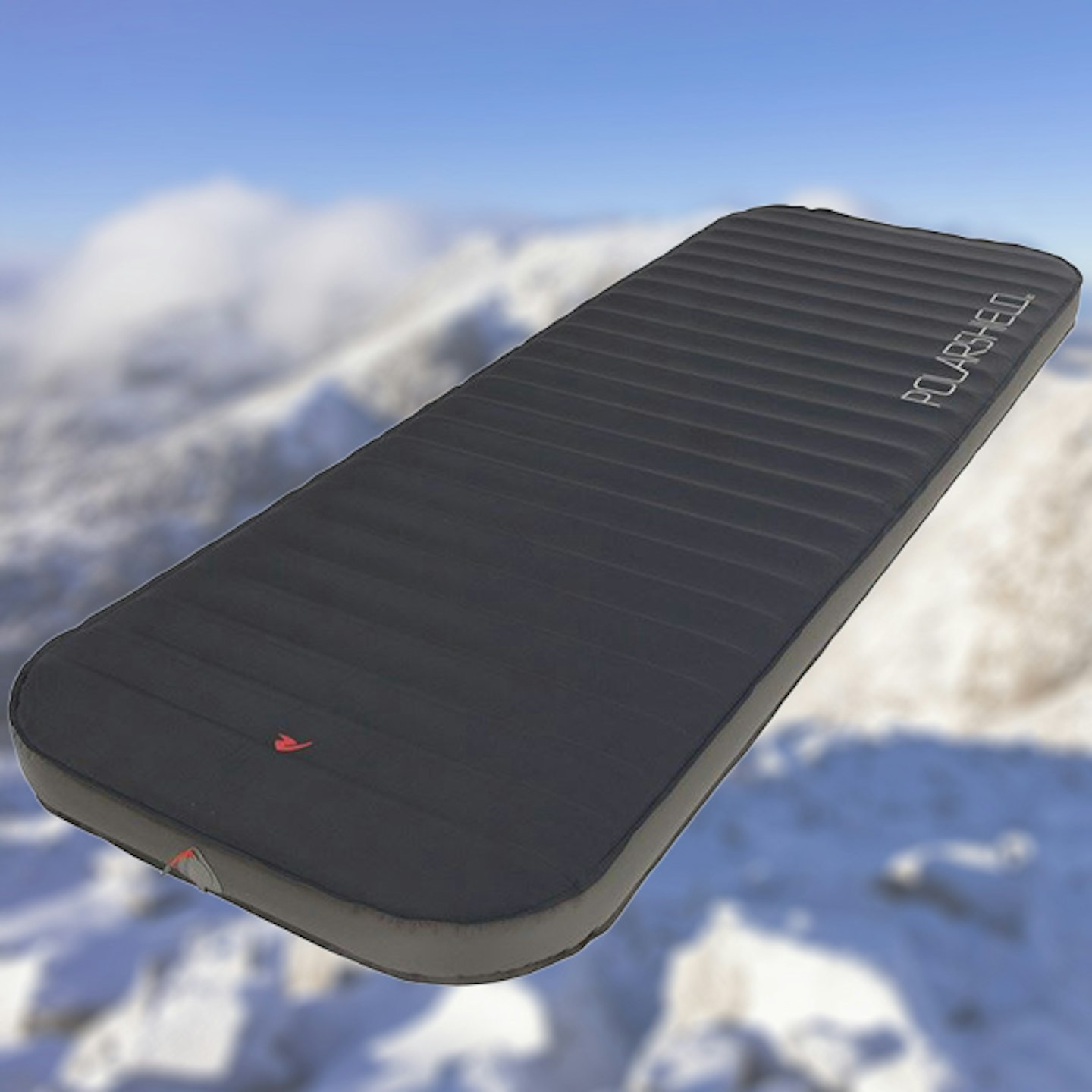
www.robens.de
Using new foam profiles and fabric bonding techniques, this chunky Polarshield self-inflating mat offers incredible comfort and insulation at a weight and pack size that, while is still hefty, would previously have been impossible for a mat of this thickness and warmth.
Still, if you plan on bringing this, plus a camping chair, you should probably drive.
We're big fans of the Polarshield's excellent durability. It boasts a Delamination-proof TPU construction that allows for prolonged use, and its PFC-free treatment scores bonus points for being eco-friendly.
Pros
- Spacious and plush for increased comfort
- Highly durable construction
- Light for its size
- Carry pack included
Cons
- Takes up a lot of space
- Not ideal for fast 'n' light hiking
Best compact sleeping mat
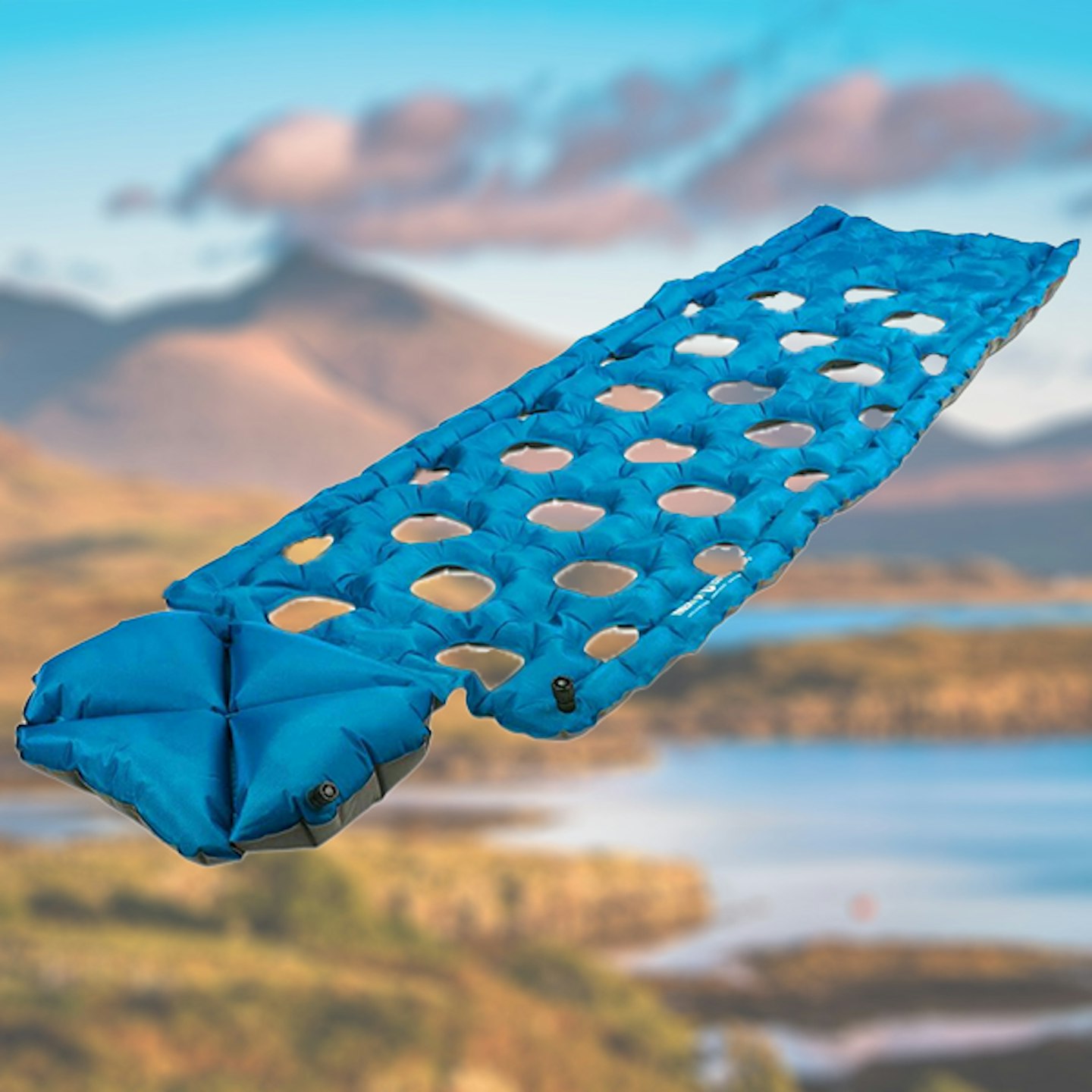
www.alpinetrek.co.uk
Astoundingly lightweight and packable, albeit not the warmest, the Inertia Ozone relies on your sleeping bag to provide most of the insulation, leaving gaps in the frame of the mat in which the bag can loft.
The combination of air and foam makes this a superb regulator for summer camp trips and a fine all-rounder for those who like to keep it ultralight. You won't find a mat that's easier to carry with you, though this does come with a small compromise on comfort.
You may not get the lush padding of the Polarshield, but we think the trade-off is worthwhile on a hot day or a light trek.
Pros
- Ultralight with tiny pack size
- Air pockets create loft for your sleeping bag
- Compatible with Klymit USB Rechargeable Pump
Cons
- Doesn't offer standalone insulation
best budget sleeping mat
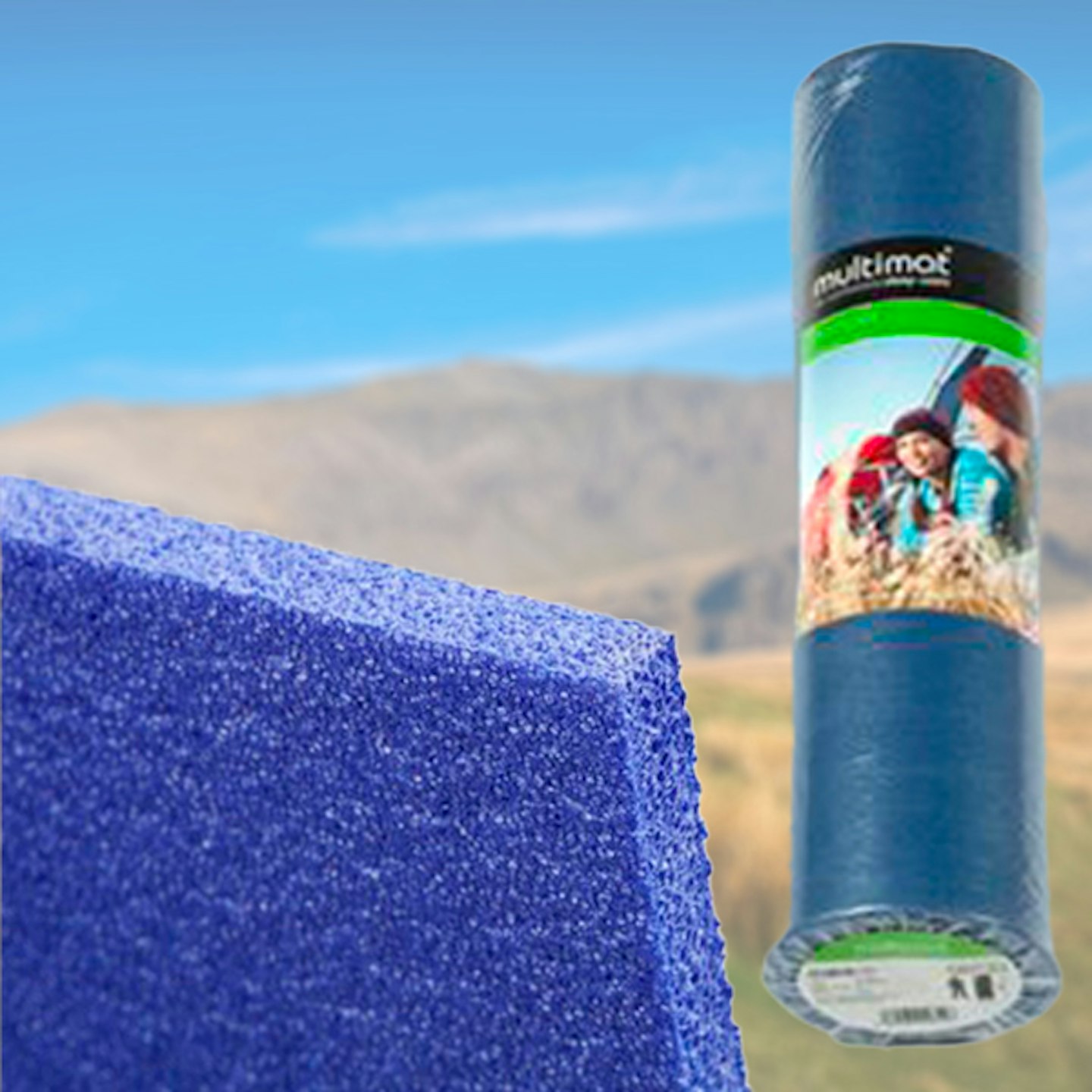
www.cotswoldoutdoor.com
Light, tough and exceptionally budget-friendly, this Multimat Camper 8 mat is suited to warmer conditions and predictably comfortable pitching locations where its lack of cushioning and insulation won't be missed.
Not everyone is pitching up on the north face of Snowdon. In our experience, the majority of pitched tents reside in flat, grassy valleys and meadows. Festivals too. If this sounds like your camping context, then the Multimat Camper 8 is an ideal choice.
Pros
- Fantastic price
- 3-season rating
- Constructed in the UK
Cons
- Less insulation than inflatable mats
What to look for in a sleeping mat
Type: Mats fall into one of three categories:
Foam mats are lightweight, cheaper and weather-resistant but provide minimum cushioning and are bulky to carry.
Self-inflating (take this with a pinch of salt) mats pack down small but are not always the most supportive.
Inflatable mats are like compact air beds and tend to be more comfortable, but unless they have some kind of insulation inside, they can be cold.
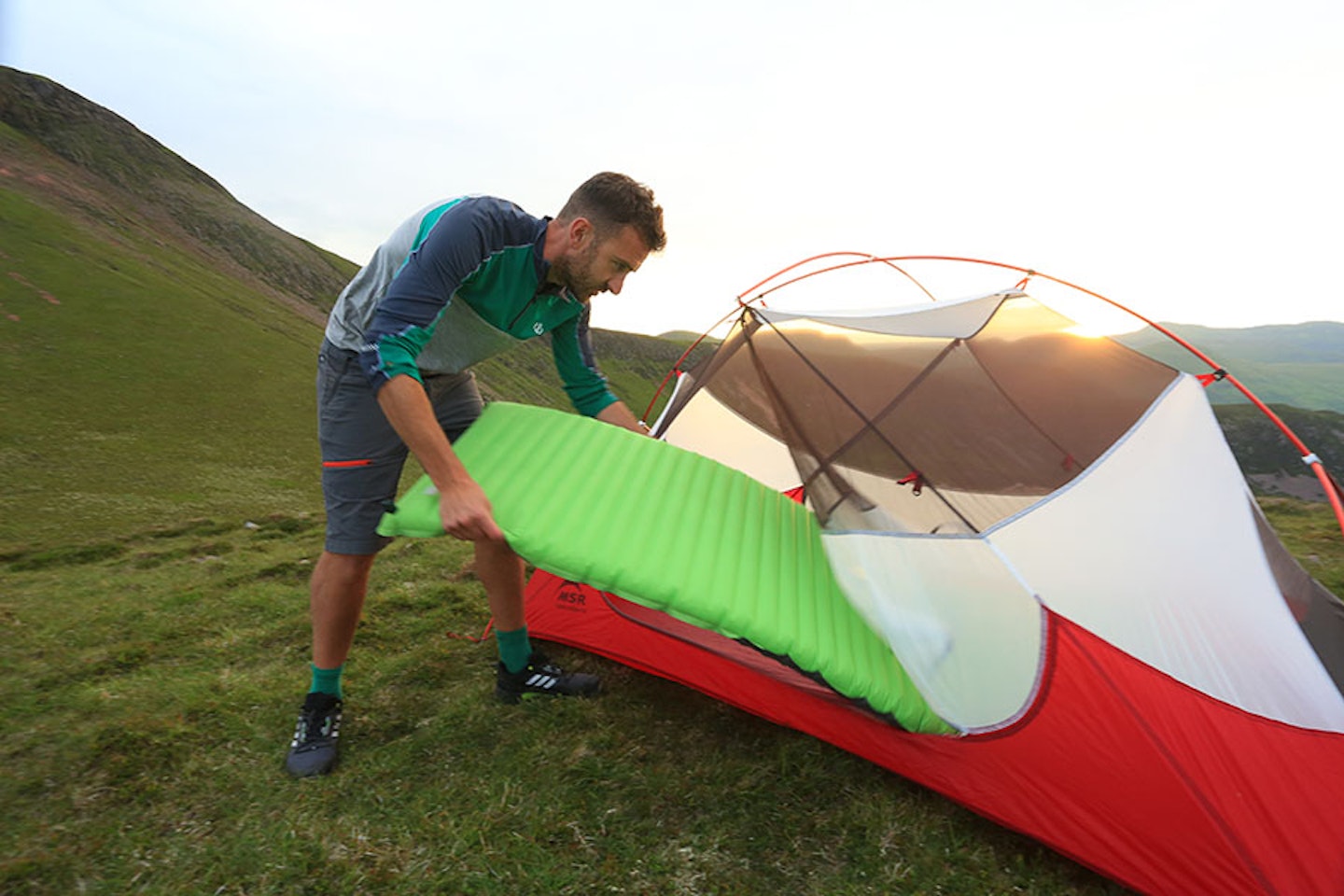
R-Value: R-value is a measure of thermal resistance; the higher the R-value, the warmer the mat. As of 2020, a new industry standard was adopted by most brands to standardise the measurement of R-value – the ASTM FF3340-18 R-value standard.
Weight: A sleeping mat will spend more time being carried in a pack than being slept on, so lighter is better, but toughness can diminish with weight, so there's a balance to be found.
Packed size: Mats with smaller packed sizes are easier to fit into a rucksack along with your other camping gear. Warmer mats tend to be bulkier, so really compact mats are best saved for summer.
Repairability: Self-inflating and inflatable mats become unusable if punctured, so usually come with some kind of repair kit. Foam mats are far more resilient and continue to offer insulation even when wet.
How we tested these sleeping mats
Our team is constantly hitting the hills, either for easy wild camping adventures or mad mountain bivvy expeditions. All of these outings demand the use of sleeping mats, so the ones we test always receive a huge dose of real-world use in order for us to reach our verdicts.
Ben Weeks is Trail Magazine's Gear Editor and has been with Trail and LFTO for over 10 years. Ben is a qualified Mountain Leader and Climbing Instructor.
